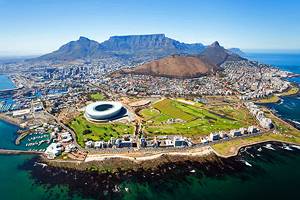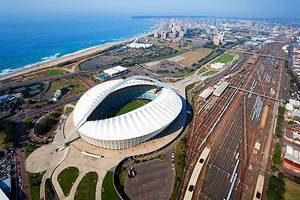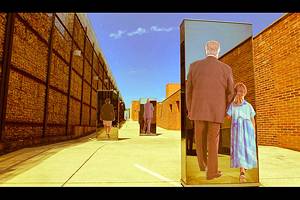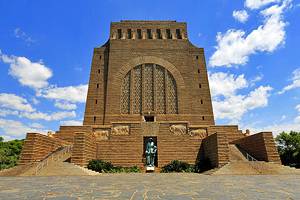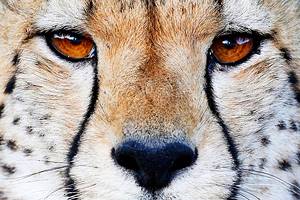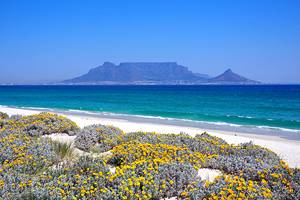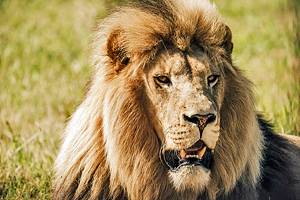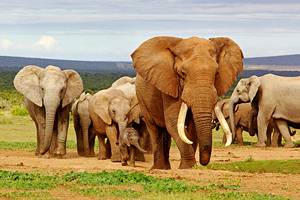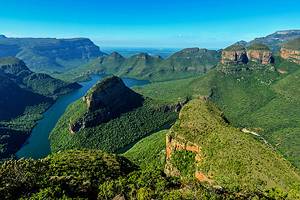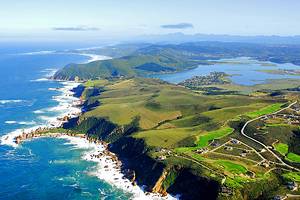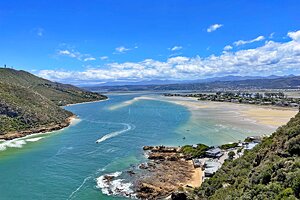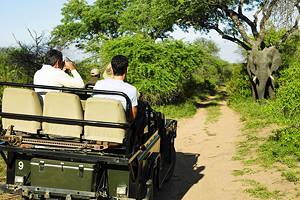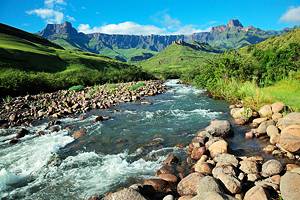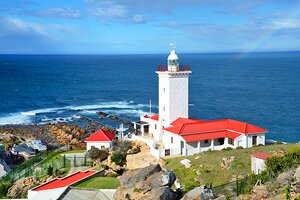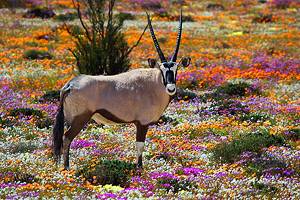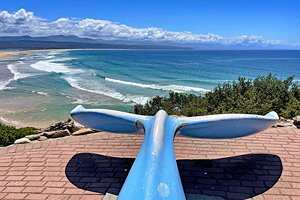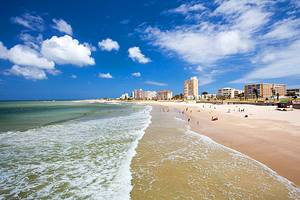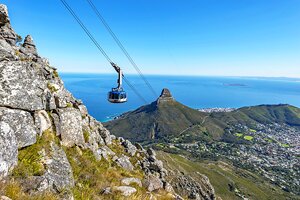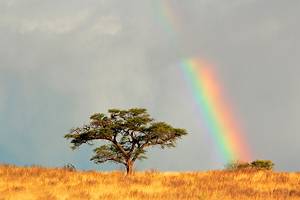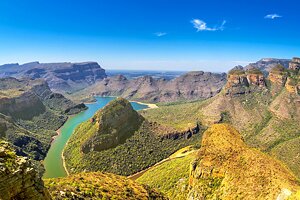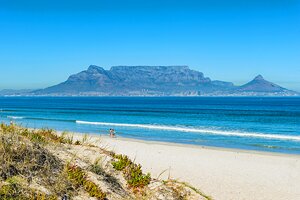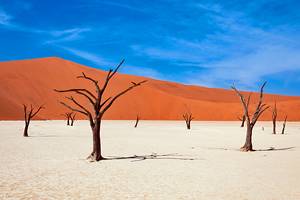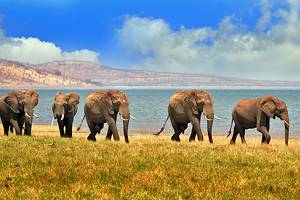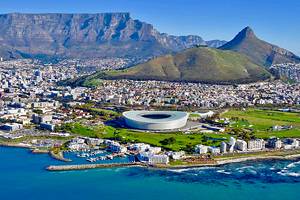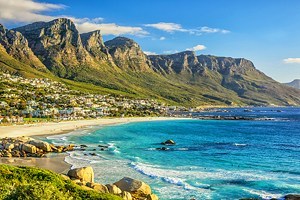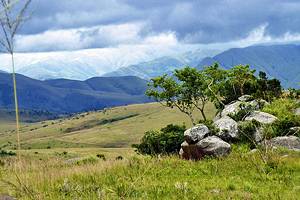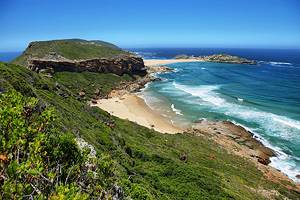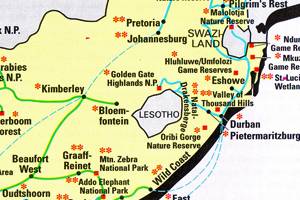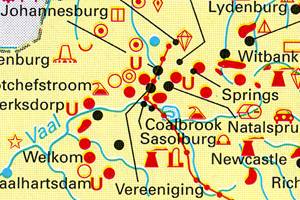South Africa Travel Guide
South Africa is indeed one of the world's finest tourist destinations. Though it is a ten- or twelve-hour flight from Europe, the country offers visitors from the northern hemisphere a welcome change of climate in the less agreeable seasons of their year - South Africa has sunshine on something like 250 days in the year - magnificent scenery, fascinating wild life and a great range of leisure activities.
South Africa is a land of striking contrasts. Tourists arriving in the country will be struck at once by the juxtaposition of modernity and tradition and the mingling of people of different origins and race - black, white, coloured, Indian - who meet visitors with openness, ready interest and friendliness.
Read More
Everywhere in South Africa tourists will come upon evidence of the country's long history - a history as old as mankind itself. Here, it is now believed, are to be sought the origins of man. The rock drawings of the Bushmen bear witness to its oldest known inhabitants, but there is evidence too of the life of the black peoples of South Africa and of the white people who first settled on the Cape in 1652 and thereafter, for more than 300 years, controlled the destinies of the country.
Although since the abolition of apartheid relations between the races much more relaxed its after-effects can still be felt. Poverty, lack of education, homelessness and a high unemployment rate mainly affect the black population, leading sometimes to violence and crime. But these problems do not usually impinge on the ordinary tourist. As a rule the person sees almost exclusively the inviting aspects of the country: the lively cities - rich in tradition, like Cape Town, the "mother city" of South Africa, or ultra-modern, like Johannesburg, the country's economic capital - and idyllic little towns like Stellenbosch, Graaff-Reinet or Paarl. South Africa's real wealth, however, lies in its magnificent scenery, still largely unspoiled by mass tourism: rugged rocky coasts, broad sandy beaches, mountains, rolling plateaux, lakes, rivers, fertile arable land, arid desert-like regions and luxuriant subtropical forests. In seventeen National Parks, including the famous Kruger Park, and hundreds of private game reserves visitors can observe South Africa's unique flora and fauna. Here they can see the world's largest terrestrial mammal (the elephant), the tallest (the giraffe) and the smallest (the pygmy shrew). The list of superlatives could be continued: South Africa also has the second largest mammal (the rhinoceros) as well as the fastest (the cheetah) and the world's largest bird (the ostrich).
Once you have discovered South Africa - its variety, its ready hospitality, its beauty - you will want to come again.

